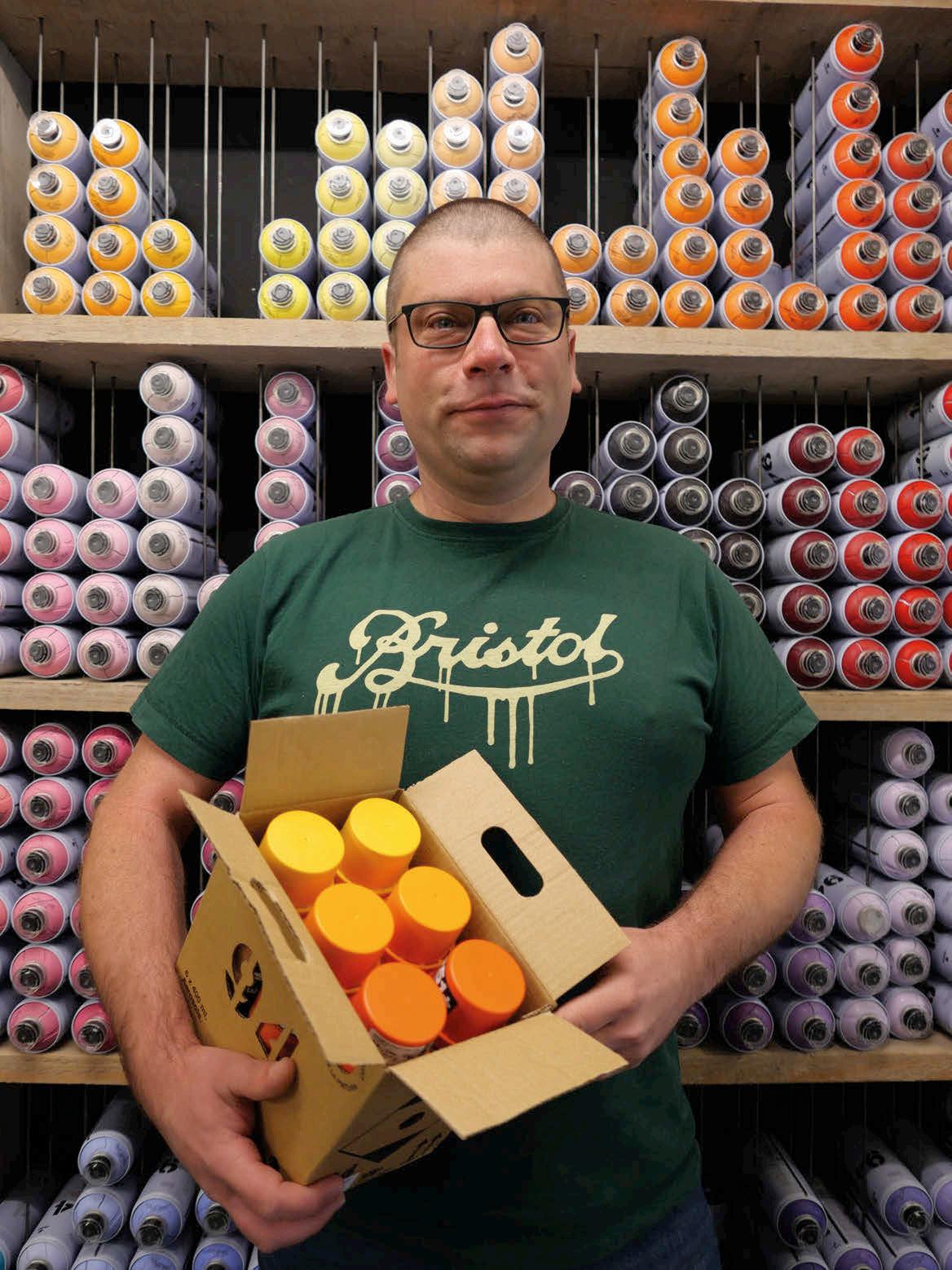
8 minute read
would deny us these? WHERE DO WE GO FROM HERE? #2 The future of the Bristol high street
#2 Shop now, or forever hold your peace W W H H E E E E E R R RF ? MG O OO D
Late March signalled a seismic shift in retail, with shops hastily shuttered and stock snatched from shelves in a scenario rarely witnessed outside zombie apocalypse movies. The big question was whether the city’s independent shops would emerge on the other side unscathed . . .
Advertisement
Words by Milly Vaughan
Wapping Wharf photos by @JonCraig_Photos
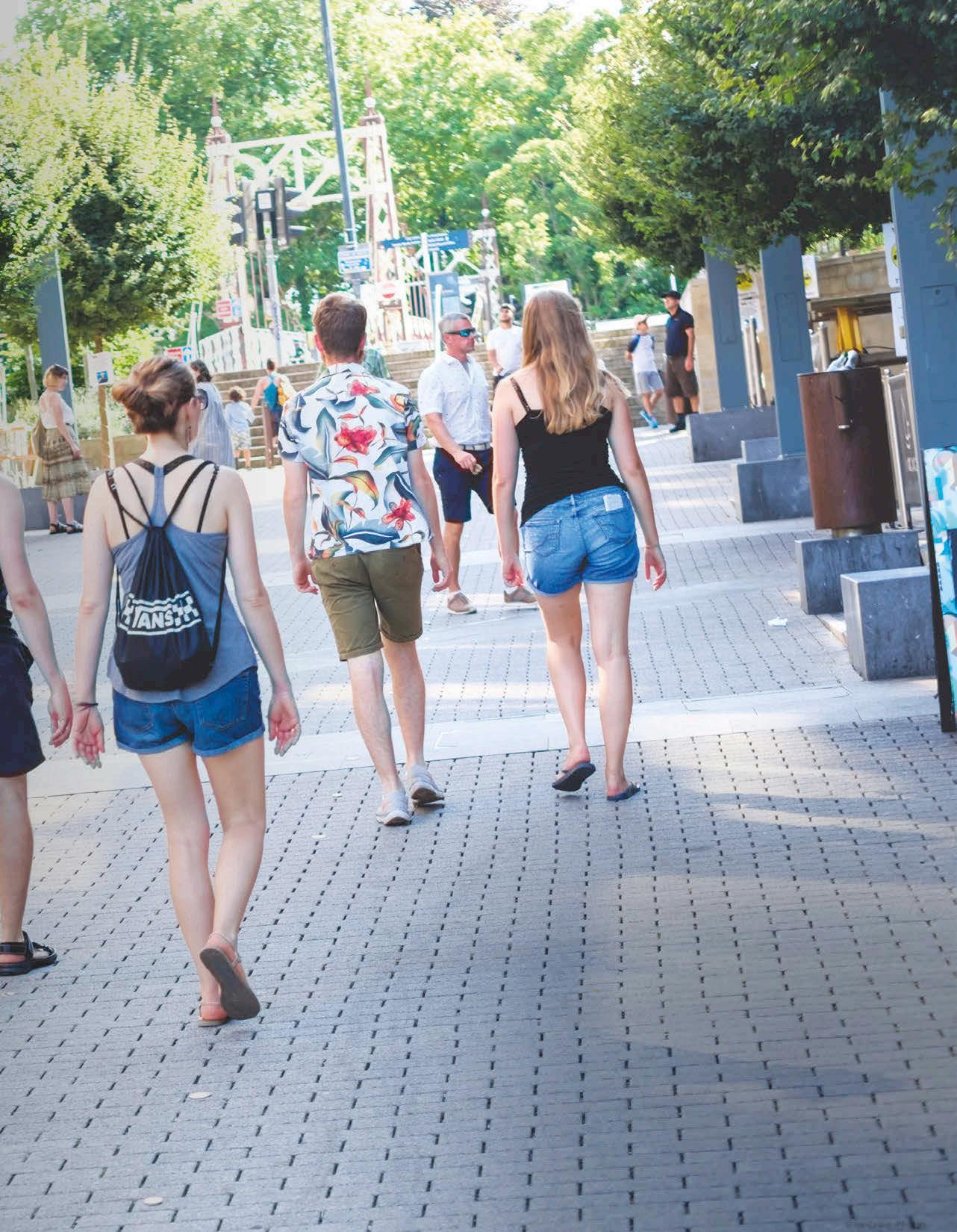
Largely, the answer came down to which side of the retail coin you landed on.
Heads: the essential market was well placed to lucratively reap the benefits from the crisis. Tails: the non-essential shops were forced into closure. And then there was the lucky trick coin: the sole online retailers who were sitting pretty to watch the money roll in, however Covid elected to land.
But within these three retail sectors there have been significant shortterm changes to shopping habits, which will undoubtedly cause a long-term restructuring to the retail industry.
The essential food market has seen a big shift back to the once-a-week shop, partly because of rationed delivery slots, relying on the goodwill of kindly volunteers, or simply because people want to minimise the experience of queuing on sad dots outside grocery stores.
Incidentally, there was always enough food to go around during the panic buying, just not in the right place at the right times. Sound familiar on a global level? To help with the food rush, some savvy local independent shops and cafs adapted their business profile by selling food boxes out front, or delivering homemade meals: not only easing the food bottleneck, but an example of a positive to have come from the outbreak, enabling us to reconnect with our immediate community rather than falling into the convenience of impersonal lives conducted behind closed doors, in front of smartphone delivery apps.
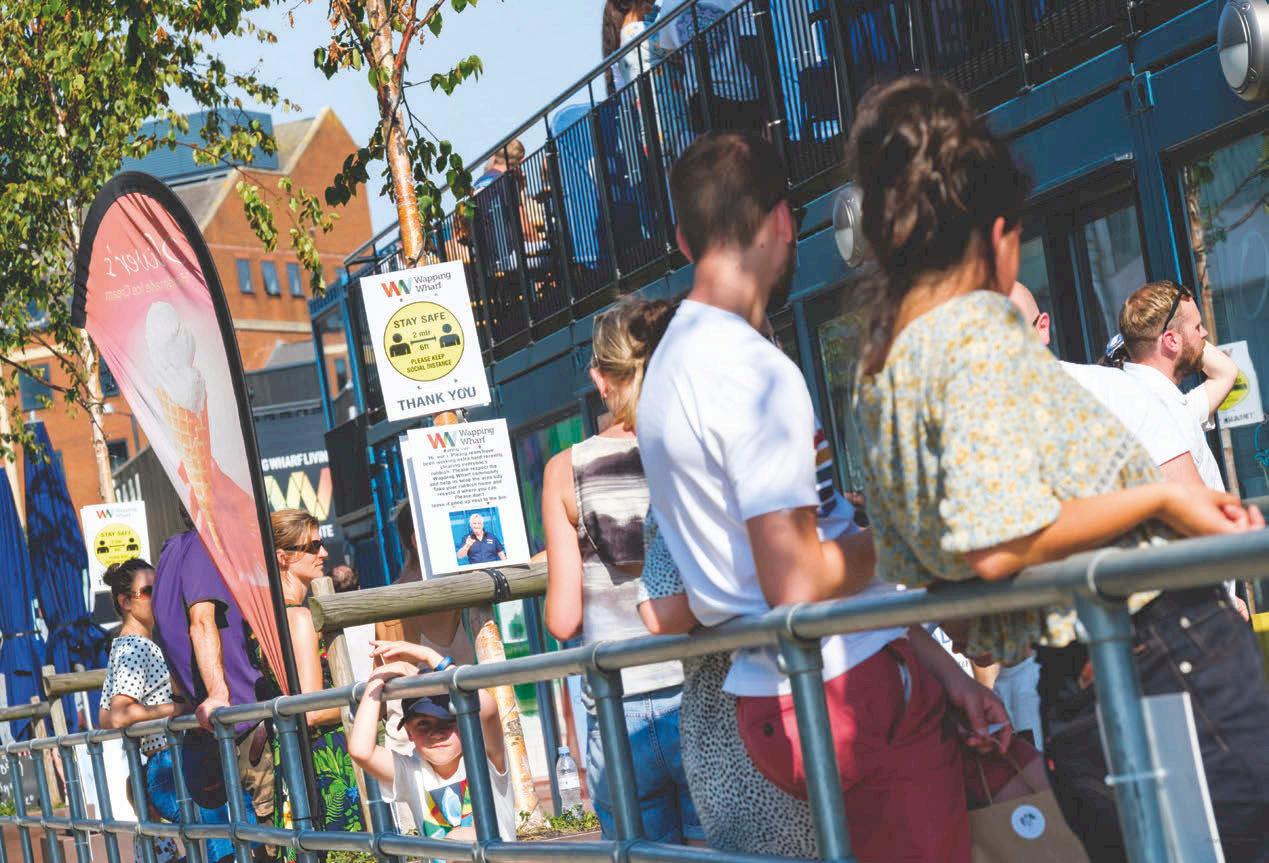
The non-essential retailers scrambled to adapt by transferring their business online. Many small independents needed either to start an online business from scratch overnight, converting their regular clientèle from shop to web, or strengthen existing online sales. These shops have had to sharpen up their online presence not just to compete with the slick, well-oiled shipping machine of the powerhouses, but also to futureproof themselves in case of sequential waves.
When lockdown was eased, shops faced myriad new challenges: shifting a backlog of outdated stock, the cost of outfitting premises with new safety measures, and worrying if there were enough jobs to come back to once the furlough scheme was phased out. Meanwhile would the customers be more inclined to shop smaller, rather than at the big shops with the big queues to match?
I spoke to Anna from Mon Pôte on North Street in Bedminster.
“I don’t think the size of the shop is the issue; I think it’s more of a location thing,” she said.
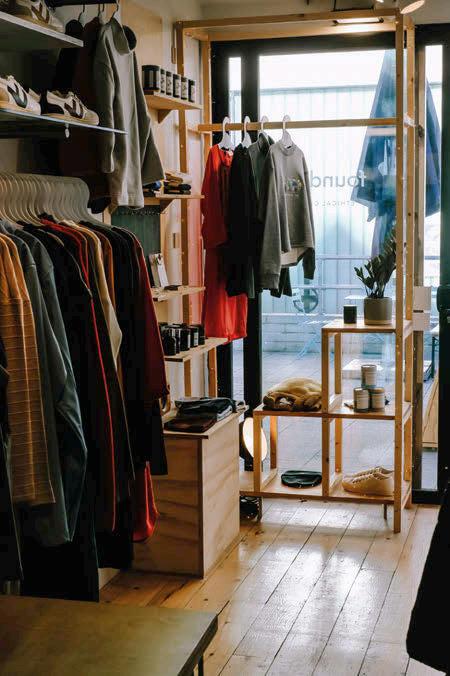
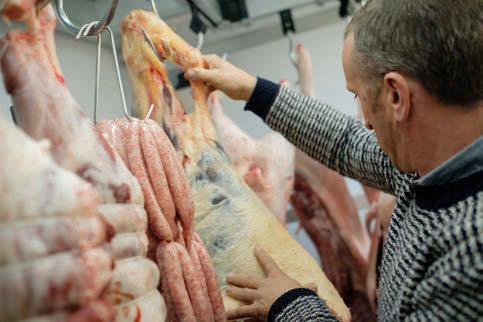
WAPPING WHARF The independent shops at Wapping Wharf have had to face a particular challenge: most of them have very small premises
FIG1 “We’ve always had an online shop at Fig1. Last year we completely overhauled the website: a very large job, but one which has now proved hugely beneficial. During lockdown we were able to deliver to many of local customers as well as attracting custom from people stuck at home across the country. If your local favourite shop has a website, use it; not only will you get a more personal
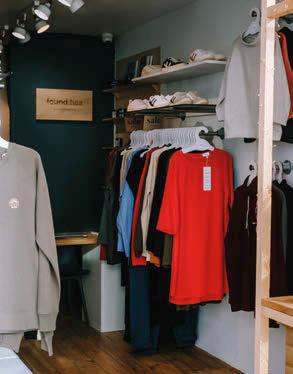
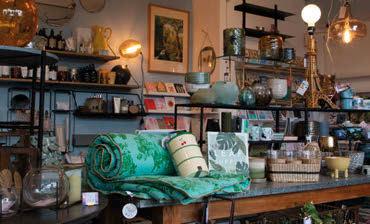
service, but your high street will still be there when we come out of the other side” – Mark Flechter
FOUND HEA “We took lockdown as an opportunity to rebuild our website, creating a new platform for our customers to discover our ethical and sustainable clothing brands. Now our store at Wapping Wharf is slowly reopening, but with the fitting room closed and face masks on” – Sam Mabley
SOMETHING ELSIE VINTAGE “One of our biggest challenges has been the
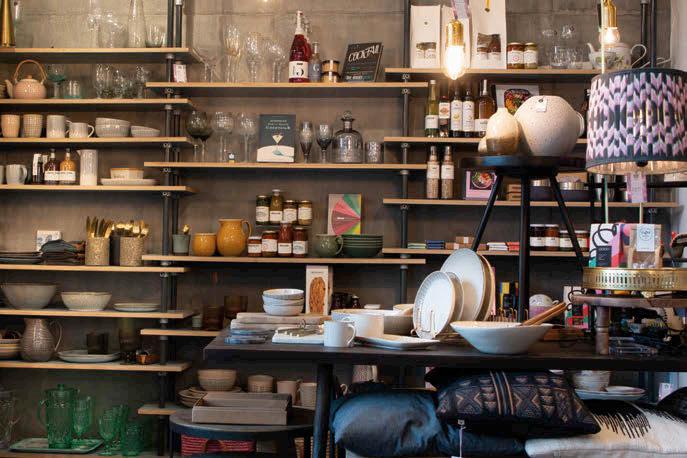
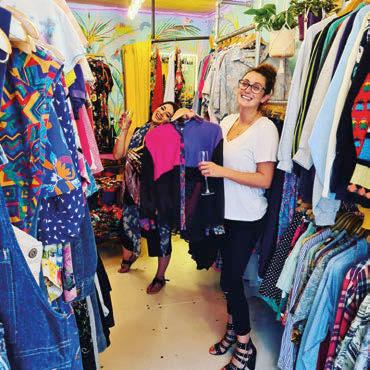
CLOCKWISE: The close and eclectic Wapping Wharf community: Something Elsie, Fig 1, Found Hea and Meatbox
small size of our shop; it’s only a tiny single unit shipping container, so social distancing is tricky. To compensate for this we have begun selling via our Instagram page, and our private evening appointments have proved really popular” – Kate Seymour
MEATBOX “We launched our website during lockdown, which enabled us to keep staff employed as we delivered meat boxes around Bristol and North Somerset. We’ve slowly reopened the shop to the public, and are pleased to say that we are now back to full opening hours” – Luke Hasell
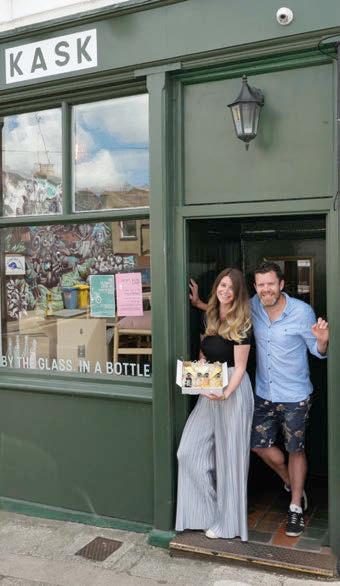
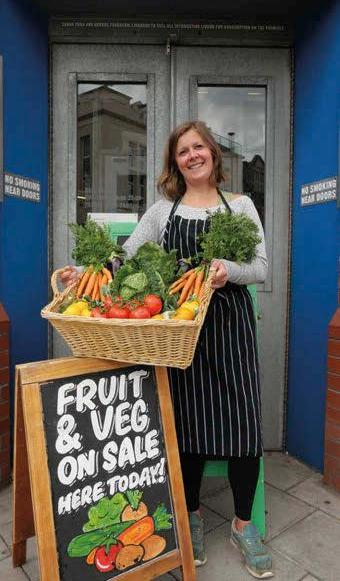
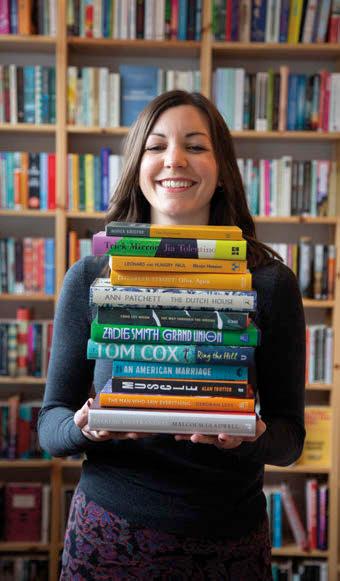
LEFT TO RIGHT: BS3 essentials: wine from Kask, fresh fruit and veg from Five Acre Farm and books from Storysmith; OPPOSITE PAGE: the only spray is Upfest
“Covid has meant that fewer people feel comfortable taking trips on public transport, and prefer to stay within their area, using local shops more. These tend to be the smaller, independents shops that are generally kept out of city-centre locations due to high rents. I think as people look to their own high streets more, they also naturally find fewer queues and crowds, which adds to that feeling of safety.”
The online ‘spend shift’ was a ticking time bomb that had been waiting to destroy the high street for years; Covid put it on steroids. With the majority of the population suddenly housebound, with 80% of their usual paycheck, its potential to reshape our shopping habits happened more deftly than Mary Portas or any economist could have predicted. he longterm eect of internet shopping that was forecast to happen over years ended up happening in just weeks.
I admit to contributing to this, for while my monthly outgoings for eating out, self-care, petrol etc went substantially down, my online spending had a little lockdown party of its own. A combination of endless consecutive nights within the four walls of my home, coupled with homeschooling two children: my eyes yearned for escapism, newness, a change of housescape. So instead, I bought new wall lights, a jute rug and linen bedding. Anything to create a sense of newness, a pretend night away, a room with a dierent view.
Unfortunately, the projection of this new reality, even when Covid has passed, is that retailers just simply won’t need as many shops as they did before. So if you want to keep your favourite indie shop alive, spend your money to keep the currency circulating in that shop’s future.
A lot of people value the presence of indies on our high streets for adding originality and feel, but that doesn’t always translate to us spending our money there; instead, we shop around for cheaper alternatives or deals. This is not the time to shop for convenience; think big and shop small. Each of us has the power to directly invest in our street’s future, and the local community that ripples out beyond.
After most periods of loss can come the fertile ground for productivity and growth. Bristol is a city that prides itself on its indies; without them we would lose our identity and be just another copycat city, eating from identical menus and wearing identical clothes. n
THE GLOUCESTER ROAD “Gloucester Road has been hugely supported throughout the Covid pandemic, especially now that so many people are working from home. Shopping local has never been so popular. However, our shops are small and it’s important that customers are encouraged to really plan ahead. Buying Christmas gifts and cards during November would really help us” – Sarah Thorp, Room 212
HANHAM HIGH STREET “The community were amazing during lockdown. Our local hardware store, bakery and bicycle repair shop were able to remain open and were widely supported. As the rest of us have eased out of lockdown, we are also finding a tremendous amount support for local businesses. It’s wonderful that the community is reconnecting with us” – Nicola Bartlett, Eclectic Gift Shop
BRISTOL MARKET Born in lockdown, Bristol Market started its live 24-hour Friday Instagram Market on 5 May. “Market creator Ger recognised the need to give traders back a platform, and with outdoor markets cancelled it seemed like a natural progression. It’s proven to be a massive success, with over 20 markets under our belt to date. Each market consists of 30 carefully selected local makers; with nearly 8,000 followers, exciting plans are afoot, and our website is about to launch an amazing one-stop market hub – for the many, not the few” – Ali Davey
WEAREBS3 The ever-inventive and collaborative Bedminster community put its heads together and came up with a new shopping model: a shared online site.
“It was crucial that Bedminster BID and its businesses pivoted into models which suited the nature of the lockdown, and the creation of WeAreBS3 was a huge part of this, providing a platform providing services and amenities direct to the local community. A simple means of shopping online at a multitude of local businesses, and having the goods delivered to your door by someone from the area, was incredibly important and proved incredibly popular.
“We also merged several local community Facebook groups covering North, East and West Streets. This quickly turned into an amazing community asset, where we really got to see the best of people within the area. We saw some outstanding acts of kindness, charity and volunteering from the local community.” Bedminster BID
